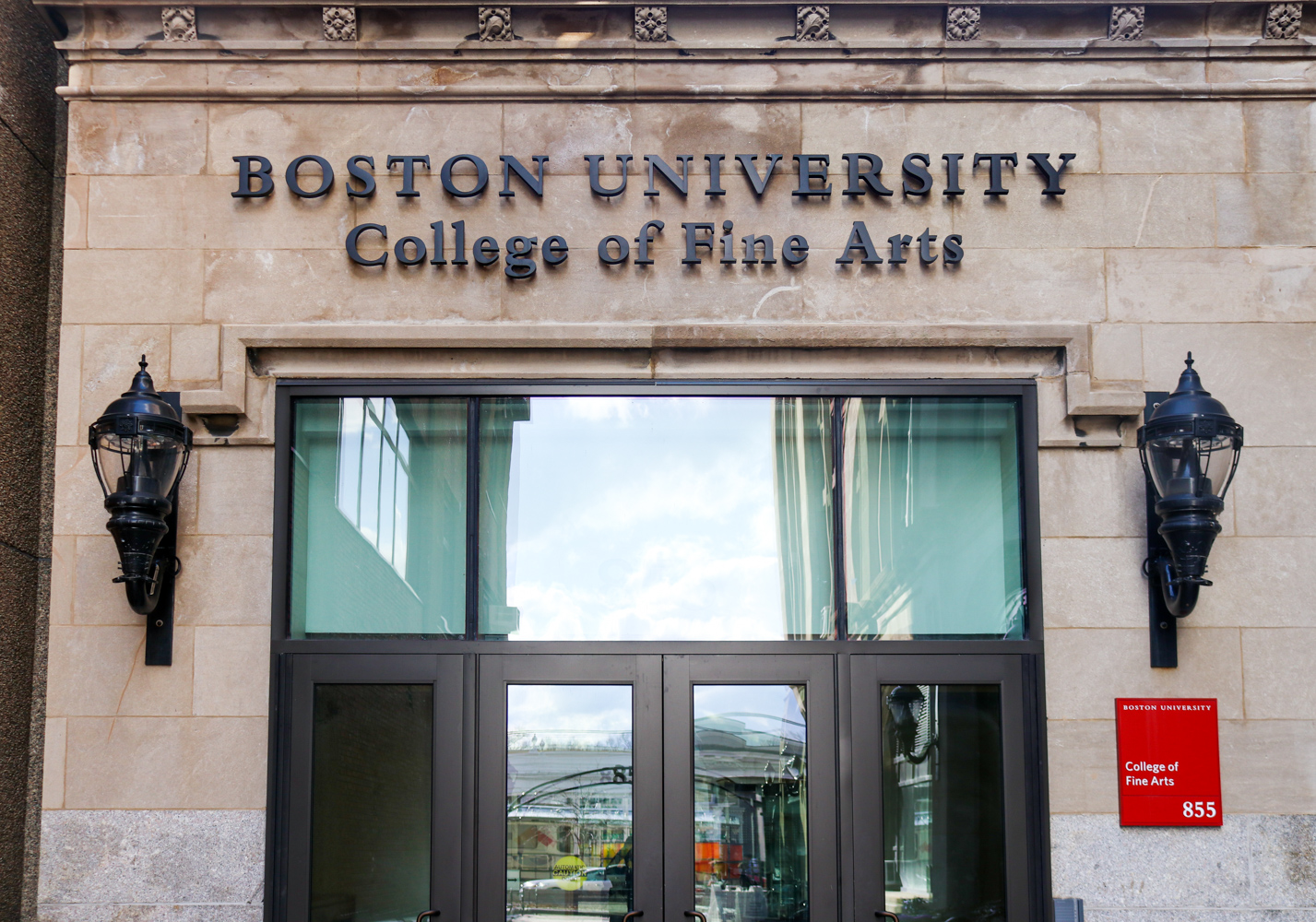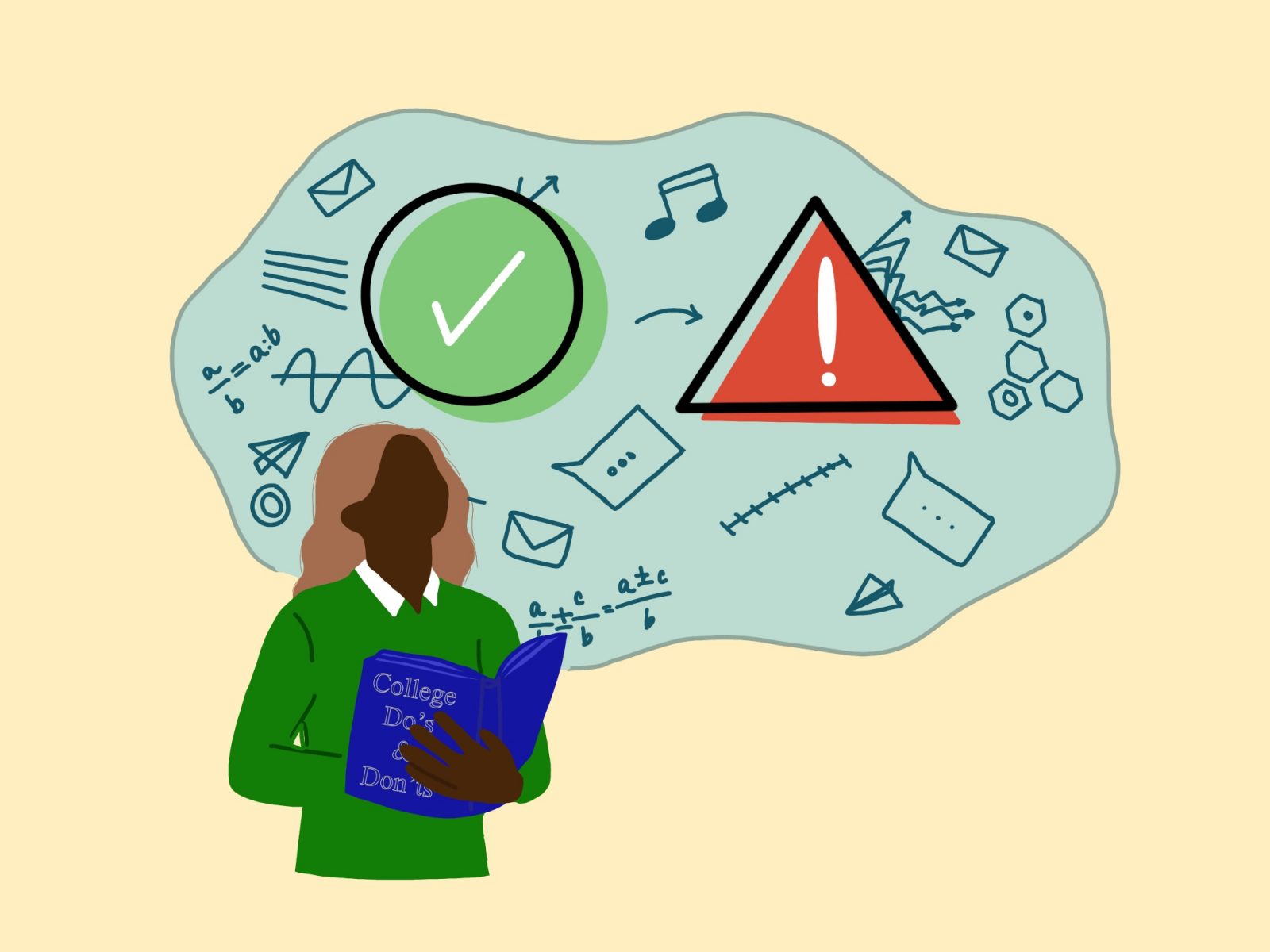Boston University School of Medicine assistant professor George Murphy said that he and his crack team of students are in the lab seven days a week, tending to specimens of sickle cells with hopes to provide more options for treating diseases.
BUSM’s Center for Regenerative Medicine received a $9 million grant from the National Heart, Lung and Blood Institute, for a five-year project to study stem cell treatment for sickle cell anemia, Murphy said.
The disease was selected from a myriad of diseases such as cystic fibrosis and scleroderma because of the “high percentage of trait carriers in the community,” he said.
Murphy said that through their research he and his team aim to “heal the world.” For example, if a patient with a failing heart could not accept a transplant, a doctor could give the patient a heart grown from the patient’s own DNA.
Murphy and Boston Medical Center doctor Gustavo Mostoslavsky and associate professor of medicine Darrell N. Kotton, created the Center for Regenerative Medicine, as a group of “like-minded researchers” interested in the abilities of stem cells. The center works in various disciplines including physician researchers, biomedical engineers and stem cell researchers.
Murphy said he works with a group of four students in the lab with stem cells, undifferentiated cells that are most commonly found in embryonic tissues. Before a cell becomes part of someone’s eyes or skin or heart, they are pluripotent cells, he said. These “magical cells can become any tissue in the body” and be manipulated to “generate any type of tissue needed,” he said.
As the ethics of using embryonic stem cells is debated, the researchers work mainly with induced pluripotent stem cells, which are the central building blocks for the center’s research, Murphy said. Those cells are “custom made stem cells” that can become an “exact match to a patient’s DNA,” which are created with a specialized virus developed by Mostoslavsky.
In a process called backwards-cell development, the virus acts as a “vehicle” to transform cells, such as peripheral blood for sickle cells, to make them embryo-like, Murphy said. This “undifferentiating” process eliminates the need for embryonic tissues and can be used to trace the development of diseases.
Murphy said the lab has been working with developing blood cells, neuronal cells, liver cells and heart cells to create various tissues.
Working with BU’s Center of Excellence in Sickle Cell Disease, the research team aims to “harness iPSCs from sickle cells,” and with that, learn where the single base pair mutation occurs to re-develop the cells without the mutation in a process called disease molding.
The team is beginning this specialized study with the collection of 300 specimens from sickle cell patients, developing the “world’s largest” sickle cell library and starting to differentiate the samples, said Sarah Rozelle, a student in the Graduate College of Arts and Sciences, who is part of the research team.
The lab work is a trial-and-error process, where each sample takes months to re-program and to differentiate, Rozelle said.
“Some days are insanely busy,” said post-doctorate student Amy Leung, who is also part of the team. “Others, you are waiting around for something to happen.”
As this is a relatively new field of experimentation, the students find themselves on the cusp of innovation, said GRS student and lab technician Brendan Smith. “You realize what your doing is on par with truly amazing people.”





























































































































